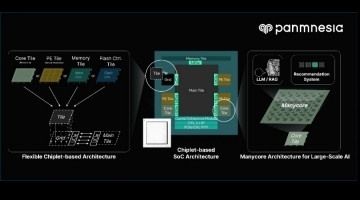to be the world’s
top IT powerhouse.We thrive to be the world’s top IT powerhouse.
Our mission is to lead innovations
in information technology, create lasting impact,
and educate next-generation leaders of the world.
- 1
- 6
to be the world’s
top IT powerhouse.We thrive to be the world’s top IT powerhouse.
Our mission is to lead innovations
in information technology, create lasting impact,
and educate next-generation leaders of the world.
- 2
- 6
to be the world’s
top IT powerhouse.We thrive to be the world’s top IT powerhouse.
Our mission is to lead innovations
in information technology, create lasting impact,
and educate next-generation leaders of the world.
- 3
- 6
to be the world’s
top IT powerhouse.We thrive to be the world’s top IT powerhouse.
Our mission is to lead innovations
in information technology, create lasting impact,
and educate next-generation leaders of the world.
- 4
- 6
to be the world’s
top IT powerhouse.We thrive to be the world’s top IT powerhouse.
Our mission is to lead innovations
in information technology, create lasting impact,
and educate next-generation leaders of the world.
- 5
- 6
are a key thrust
in EE researchAI and machine learning are a key thrust in EE research
AI/machine learning efforts are already a big part of ongoing
research in all 6 divisions - Computer, Communication, Signal,
Wave, Circuit and Device - of KAIST EE
- 6
- 6
Jae-Woong Jeong’s
Team Develops
Phase-Change Metal Ink
Kyeongha Kwon’s Team
Enables Battery-Free
CO₂ Monitoring
Yongdae Kim · Insu Yun’s
Team Uncovers
Risks in Mandatory
KSA Tools
Wins Global Robotics Challenge
Hyunchul Shim’s Team
Wins 3rd Place
at A2RL Autonomous
Drone Racing Competition
develops a simulation
framework called vTrain
Achieves Human-Level Tactile Sensing with
Breakthrough Pressure Sensor
Seungwon Shin’s Team
Validates Cyber Risks
of LLMs
Wearable Carbon Dioxide Sensor
Highlights
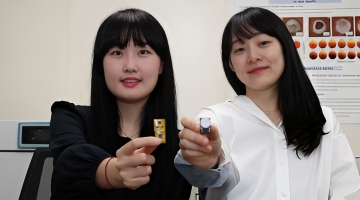
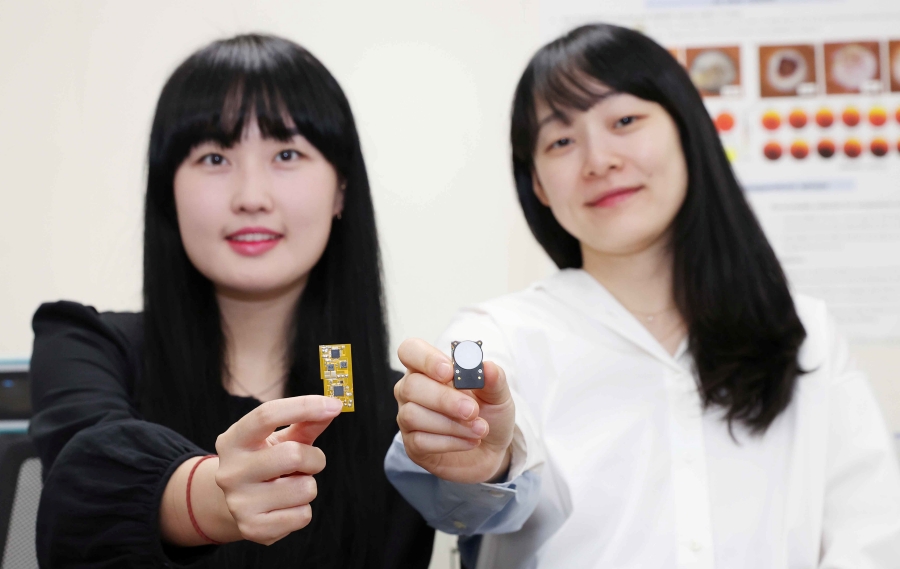

The research team successfully amplified fine vibrations and induced resonance by combining spring-attached 4-stack TENGs. They achieved stable power production of 0.5 mW under conditions of 13 Hz and 0.56 g acceleration. The generated power was then used to operate a CO2 sensor and a Bluetooth Low Energy (BLE) system-on-a-chip (SoC).
Professor Kyeongha Kwon emphasized, “For efficient environmental monitoring, a system that can operate continuously without power limitations is essential.” She explained, “In this research, we implemented a self-powered system that can periodically measure and wirelessly transmit CO2 concentrations based on the energy generated from an inertia-driven TENG.” She added, “This technology can serve as a foundational technology for future self-powered environmental monitoring platforms integrating various sensors.”
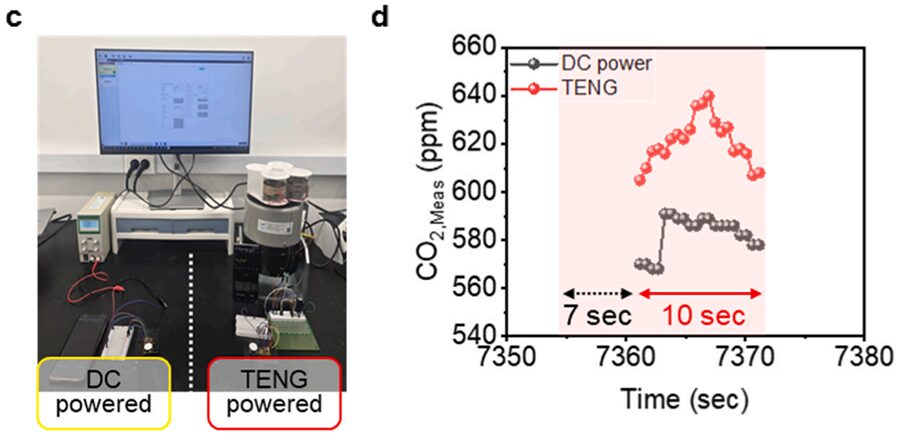
This research was published on June 1st in the internationally renowned academic journal `Nano Energy (IF 16.8)`. Gyurim Jang, a master’s student at KAIST, and Daniel Manaye Tiruneh, a master’s student at Chung-Ang University, are the co-first authors of the paper. *Paper Title: Highly compact inertia-driven triboelectric nanogenerator for self-powered wireless CO2 monitoring via fine-vibration harvesting *DOI: https://doi.org/10.1016/j.nanoen.2025.110872
This research was supported by the Saudi Aramco-KAIST CO2 Management Center.
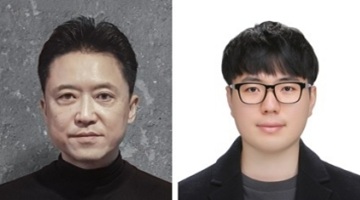
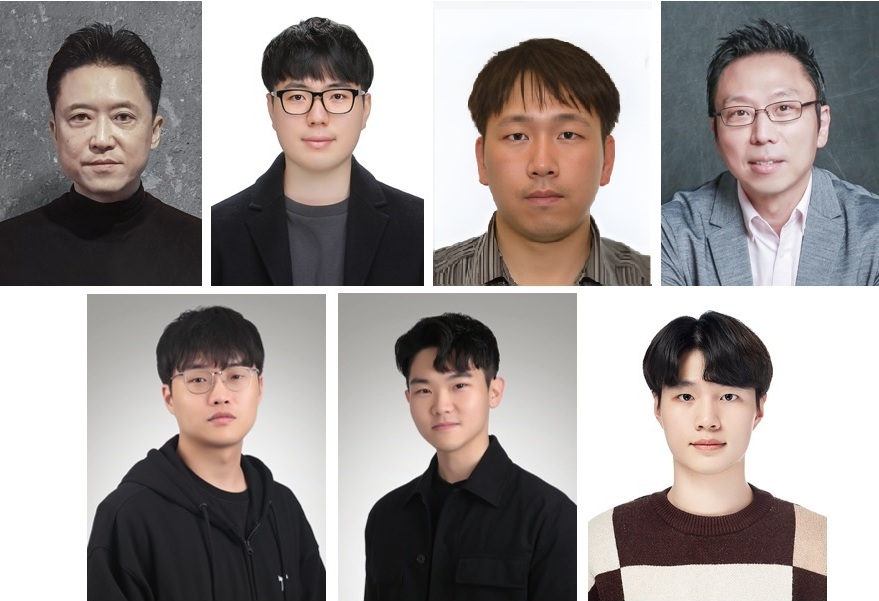
South Korea is the only country in the world that mandates the installation of government-approved security software—known as Korea Security Applications (KSAs)—for access to online financial and public services. But according to new research to be presented at USENIX Security 2025, this well-intentioned policy may be turning into a national cybersecurity liability.
A team of researchers from KAIST, Korea University, Sungkyunkwan University, and the cybersecurity firm Theori has uncovered systemic design flaws and critical implementation vulnerabilities in the very software meant to protect millions of South Koreans. In total, the team found 19 severe security issues across seven KSA tools, including keylogging, remote code execution, man-in-the-middle attacks, certificate exfiltration, and user tracking.
The research was motivated by real-world attacks: in several confirmed incidents, North Korean threat actors exploited vulnerabilities in these very security tools to compromise South Korean users. These events prompted the researchers to conduct a deeper investigation into the KSA ecosystem—and what they found was alarming.
“The fact that this software is mandated and installed across millions of endpoints makes it an especially attractive and efficient target,” said Professor Yongdae Kim of KAIST. “After seeing repeated evidence that attackers were exploiting these tools—not despite their security function, but because of it—we realized a systematic analysis was urgently needed.”
While some of the flaws discovered by the researchers have since been patched, many of the root causes remain unresolved. At issue is the architecture itself: rather than working with modern browser security models, KSA tools bypass them entirely. Designed to provide enhanced protections like encrypted keyboard input and certificate management, KSAs accomplish this by circumventing browser-level protections such as the Same-Origin Policy, sandboxing, and privilege separation—core tenets of modern web security.
Historically, this was achieved through now-defunct technologies like ActiveX. After ActiveX was phased out in 2015 due to widespread vulnerabilities, developers began distributing standalone executable files (.exe) that performed the same functions with many of the same risks—effectively reintroducing the problem in a different form.
In two proof-of-concept videos released by the research team, an attacker-controlled website is shown intercepting keystrokes—including passwords—and silently downloading malware by abusing KSA components. These behaviors would be blocked under standard browser security, but the KSAs, running with elevated privileges, make them possible.
A nationwide survey of 400 South Korean users found that 97.4% had installed KSA software, while nearly 60% said they didn’t understand what the programs did. Analysis of 48 real-world PCs revealed that users had an average of nine KSA programs installed, many of them outdated by several years.
“This isn’t just about bugs,” said Kim. “This is a philosophical misalignment between modern security standards and legacy design choices. When you hardcode mistrust of the web into your system architecture, you end up with software that behaves like spyware.”
The researchers argue that it’s time for South Korea to abandon its reliance on non-standard, government-mandated software and instead embrace web standards and modern browser-based security models. They warn that, if left unaddressed, the KSA ecosystem will continue to pose not only a risk to individual users but also a systemic threat to national cybersecurity.
The full paper, “Too Much of a Good Thing: (In-)Security of Mandatory Security Software for Financial Services in South Korea,” will be presented at the USENIX Security Symposium 2025, one of the premier venues for cybersecurity research. The project was supported by grants from the Institute of Information & Communications Technology Planning & Evaluation (IITP).
Paper: Too Much of a Good Thing (PDF)
Demo Video 1 (Keystroke Interception)
Demo Video 2 (Remote Code Execution):
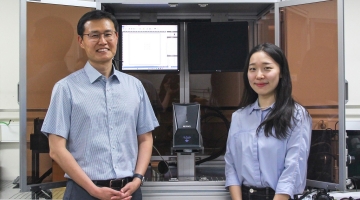
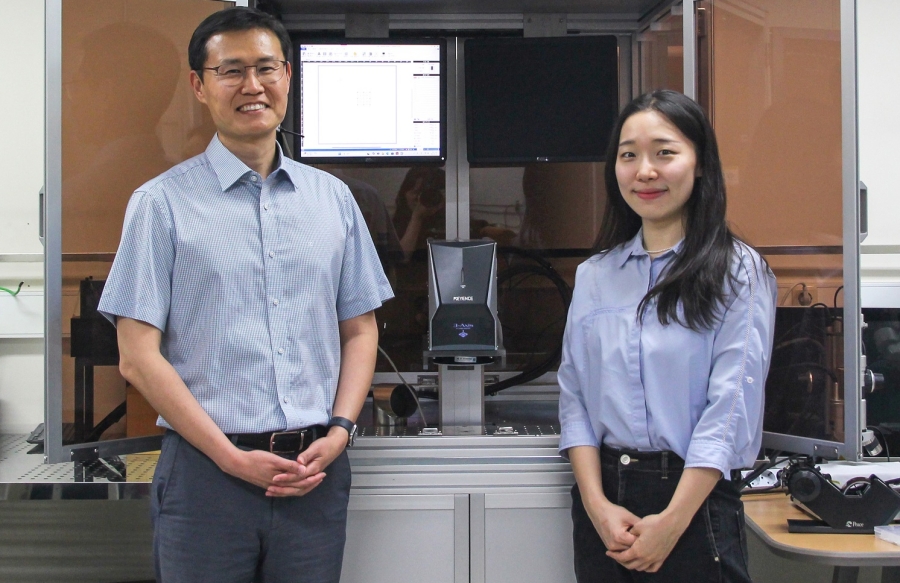
A team of researchers from KAIST and Seoul National University has developed a groundbreaking electronic ink that enables room-temperature printing of variable-stiffness circuits capable of switching between rigid and soft modes. This advancement marks a significant leap toward next-generation wearable, implantable, and robotic devices.
Variable-stiffness electronics are at the forefront of adaptive technology, offering the ability for a single device to transition between rigid and soft modes depending on its use case. Gallium, a metal known for its high rigidity contrast between solid and liquid states, is a promising candidate for such applications. However, its use has been hindered by challenges including high surface tension, low viscosity, and undesirable phase transitions during manufacturing.
On June 4th, a research team led by Professor Jae-Woong Jeong from the School of Electrical Engineering at KAIST, Professor Seongjun Park from the Digital Healthcare Major at Seoul National University, and Professor Steve Park from the Department of Materials Science and Engineering at KAIST introduced a novel liquid metal electronic ink. This ink allows for micro-scale circuit printing – thinner than a human hair – at room temperature, with the ability to reversibly switch between rigid and soft modes depending on temperature.
The new ink combines printable viscosity with excellent electrical conductivity, enabling the creation of complex, high-resolution multilayer circuits comparable to commercial printed circuit boards (PCBs). These circuits can dynamically change stiffness in response to temperature, presenting new opportunities for multifunctional electronics, medical technologies, and robotics.
Conventional electronics typically have fixed form factors – either rigid for durability or soft for wearability. Rigid devices like smartphones and laptops offer robust performance but are uncomfortable when worn, while soft electronics are more comfortable but lack precise handling. As demand grows for devices that can adapt their stiffness to context, variable-stiffness electronics are becoming increasingly important.

To address this challenge, the researchers focused on gallium, which melts just below body temperature. Solid gallium is quite stiff, while its liquid form is fluid and soft. Despite its potential, gallium’s use in electronic printing has been limited by its high surface tension and instability when melted.
To overcome these issues, the team developed a pH-controlled liquid metal ink printing process. By dispersing micro-sized gallium particles into a hydrophilic polyurethane matrix using a neutral solvent (dimethyl sulfoxide, or DMSO), they created a stable, high-viscosity ink suitable for precision printing. During post-print heating, the DMSO decomposes to form an acidic environment, which removes the oxide layer on the gallium particles. This triggers the particles to coalesce into electrically conductive networks with tunable mechanical properties.
The resulting printed circuits exhibit fine feature sizes (~50 μm), high conductivity (2.27 × 10⁶ S/m), and a stiffness modulation ratio of up to 1,465 – allowing the material to shift from plastic-like rigidity to rubber-like softness. Furthermore, the ink is compatible with conventional printing techniques such as screen printing and dip coating, supporting large-area and 3D device fabrication.
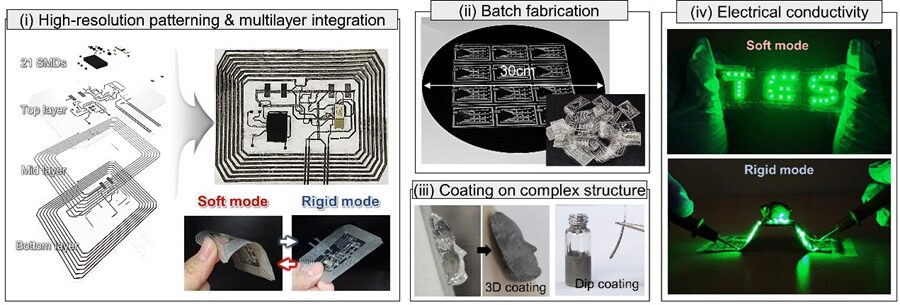
The team demonstrated this technology by developing a multi-functional device that operates as a rigid portable electronic under normal conditions but transforms into a soft wearable healthcare device when attached to the body. They also created a neural probe that remains stiff during surgical insertion for accurate positioning but softens once inside brain tissue to reduce inflammation – highlighting its potential for biomedical implants.

“The core achievement of this research lies in overcoming the longstanding challenges of liquid metal printing through our innovative technology,” said Professor Jeong. “By controlling the ink’s acidity, we were able to electrically and mechanically connect printed gallium particles, enabling the room-temperature fabrication of high-resolution, large-area circuits with tunable stiffness. This opens up new possibilities for future personal electronics, medical devices, and robotics.”
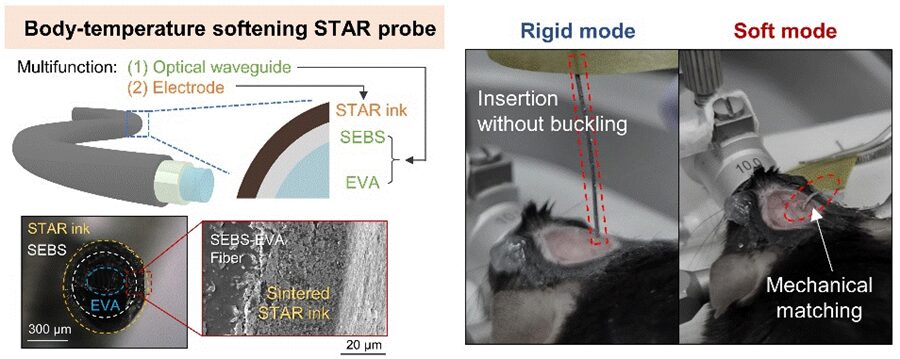
This research was published in Science Advances under the title, “Phase-Change Metal Ink with pH-Controlled Chemical Sintering for Versatile and Scalable Fabrication of Variable Stiffness Electronics.” The work was supported by the National Research Foundation of Korea, the Boston-Korea Project, and the BK21 FOUR Program.
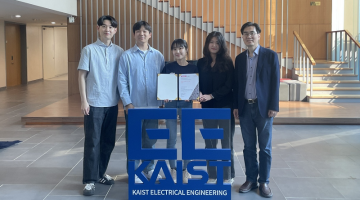

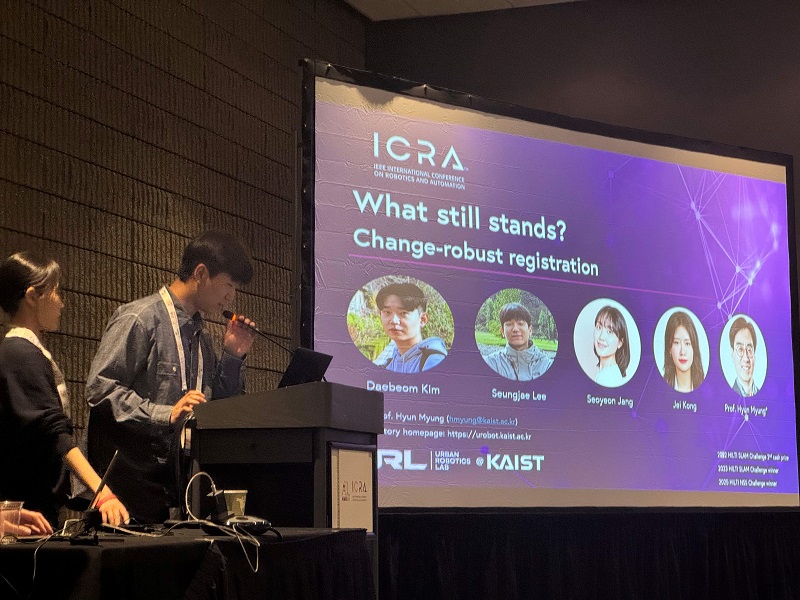

Urban Robotics Lab team developed a multiway registration framework capable of robustly aligning multiple scans without prior connectivity information. This framework consists of three core components: CubicFeat, an algorithm that summarizes local features within each scan and identifies correspondences; Quatro, a global registration algorithm that aligns scans based on those correspondences; and Chamelion, a refinement module based on change detection. This combination of techniques shows stable alignment performance even in highly dynamic industrial environments by focusing on static structural elements.
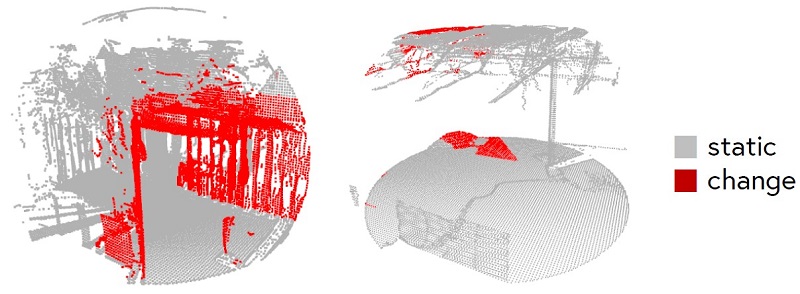
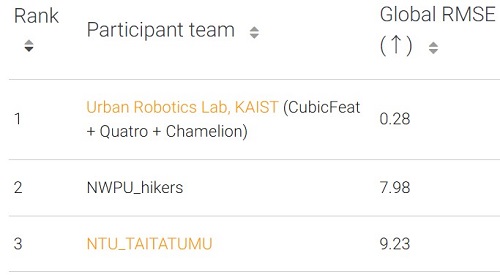
The Urban Robotics Lab team first participated in the SLAM Challenge in 2022, winning 2nd place in the academic division, and in 2023, they took 1st place overall in the LiDAR division and 1st place in the academic division of the vision track.
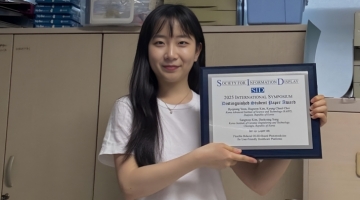
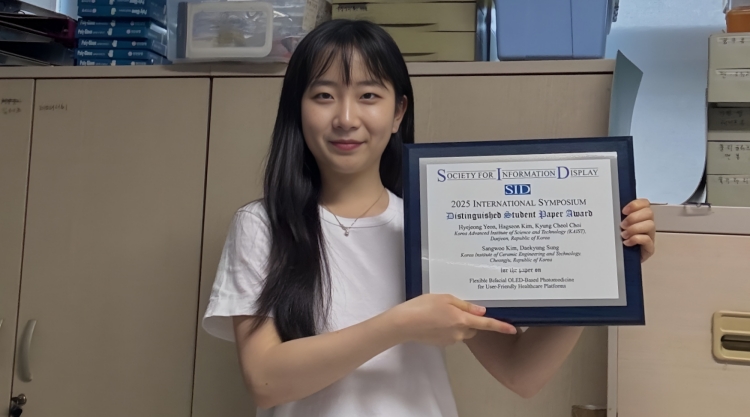
Hyejeong Yeon, a Ph.D. candidate in the School of Electrical and Electronic Engineering at KAIST under the supervision of Professor Kyung Cheol Choi, received the Distinguished Student Paper Award at SID 2025 (Society for Information Display 2025 International Symposium – Display Week 2025) held from May 11 to 16.
SID is the most prestigious international symposium in the field of display technology. In 2025, a total of 925 papers from 20 countries were submitted, and outstanding papers were selected by each technical committee.
The paper by Hyejeong Yeon, a Ph.D. candidate, was recognized by the Flexible Displays Committee for its excellence, and was selected as a Distinguished Student Paper, and the title of the awarded paper is: “Flexible Bifacial OLED-Based Photomedicine for User-Friendly Healthcare Platforms.”

The research was published in the Journal of the SID under the title : “Wearable User-Centric Phototherapeutics with Bifacial OLEDs for At-Home Wound Healing.” Furthermore, Yeon was selected to present her work at the Young Leadership Conference, a special session for promising young researchers, where her study was chosen as one of the top 10 outstanding papers of the year.
- Conference: SID 2025 (Society for Information Display 2025 International Symposium – Display Week 2025)
- Date: May 11–16, 2025
- Award: Distinguished Student Paper Award
- Paper Title: Flexible Bifacial OLED-Based Photomedicine for User-Friendly Healthcare Platforms
- Paper Link: https://doi.org/10.1002/jsid.2076
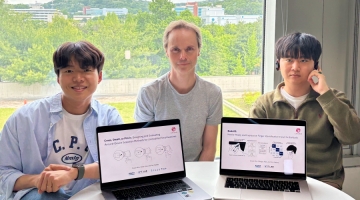
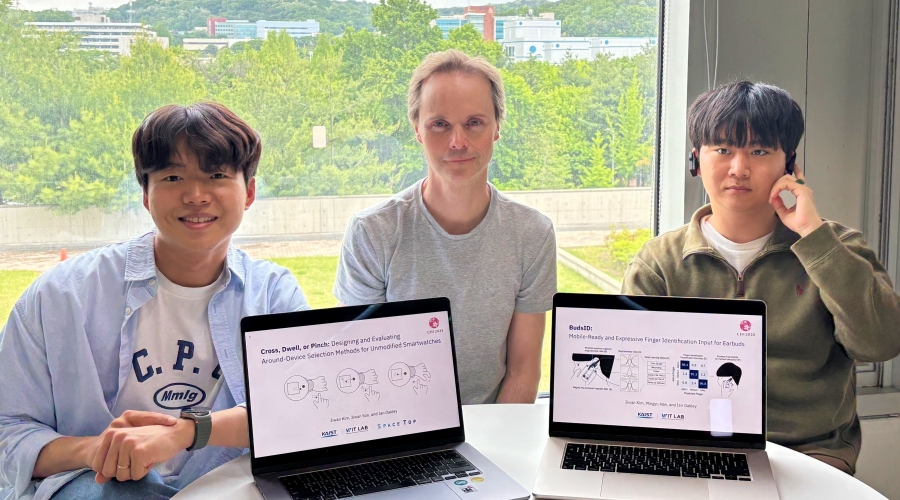
BudsID uses magnetic sensing to distinguish between fingers based on magnetic field changes that occur when a user wearing a magnetic ring touches an earbud. A lightweight deep learning model identifies which finger is used, allowing different functions to be assigned to each finger, thus expanding the input expressiveness of wireless earbuds.

This magnetic sensing system for wireless earbuds allows users to go beyond traditional interactions like play, pause, or call handling. By mapping different functions or input commands to individual fingers, the interaction capabilities can extend to augmented reality device control and beyond.
SonarSelect leverages active sonar sensing using only the built-in microphone, speaker, and motion sensors of a commercial smartwatch. It recognizes mid-air gestures around the device, enabling precise pointer manipulation and target selection.

This gesture interaction technology, based on finger movements detected via active sonar, addresses usability issues of small smartwatch screens and touch occlusion. It enables delicate 3D spatial interactions around the device.
Jiwan Kim, first author of both papers, said, “We hope our research into around-device sensing for wearable interaction technologies will help shape the future of how people interact with wearable computing devices.”
Professor Ian Oakley’s research team has made both project systems available as open source, allowing researchers and industry professionals to freely use the technology.
[BudsID]
- Title: BudsID: Mobile-Ready and Expressive Finger Identification Input for Earbuds
- Authors: Jiwan Kim, Mingyu Han, and Ian Oakley
- DOI: https://dl.acm.org/doi/10.1145/3706598.3714133
- Open Source: https://github.com/witlab-kaist/BudsID
[SonarSelect]
- Title: Cross, Dwell, or Pinch: Designing and Evaluating Around-Device Selection Methods for Unmodified Smartwatches
- Authors: Jiwan Kim, Jiwan Son, and Ian Oakley
- DOI: https://dl.acm.org/doi/10.1145/3706598.3714308
- Open Source: https://github.com/witlab-kaist/SonarSelect
This research was supported by the National Research Foundation of Korea (NRF) funded by the Ministry of Science and ICT (grants 2023R1A2C1004046, RS-2024-00407732) and the Institute for Information & Communications Technology Planning & Evaluation (IITP) under the University ICT Research Center (ITRC) support program (IITP-2024-RS-2024-00436398).


EE Professor Sanghyeon Kim’s lab has been selected for one of five new ICT projects for the first half of this year by the Samsung Research Funding & Incubation Center for Future Technology.
The Samsung Research Funding & Incubation Center for Future Technology is a funding initiative that supports innovative research projects across a wide range of fields, from natural sciences to engineering, with the aim of advancing science, technology, and industry in Korea.
Professor Kim’s lab will carry out a project titled “Low-Loss Active Power Delivery Network with Embedded On-Chip Voltage Regulator for Ultra-Low Power Computing” The research team plans to explore a solution to the power delivery problem, which has recently emerged as a key issue in the fields of semiconductor chips and packaging. Specifically, they will investigate a method of delivering power at high voltage and stepping it down on the backside of the chip.
The goal is to implement an on-chip voltage regulator using GaN-based switches, which have excellent material potential, and ferroelectric capacitors. Ultimately, the core idea is to integrate this system as an active component of the backside power delivery network (BSPDN).
Meanwhile, the foundational concept of this project was presented by the research team at IEDM — one of the three major conferences in the semiconductor field—in December last year, and improved technologies will be presented at the upcoming VLSI Symposium in June.
